Across deep time, shifting climates didn’t just rattle landscapes – they rewired what it meant to be human. From droughts that squeezed early ancestors into risky experiments to wetter pulses that opened green corridors across continents, environmental swings set the stage for our biggest leaps. Today, scientists are piecing together this story from lake mud, cave sediments, fossil teeth, and ancient DNA, and the plot twists are genuinely startling. The mystery is no longer whether climate mattered, but how its rhythms nudged brains, bodies, tools, and migrations in ways that still echo in us. If there’s a lesson, it’s that flexibility was never optional; it was our winning strategy.
The Hidden Clues
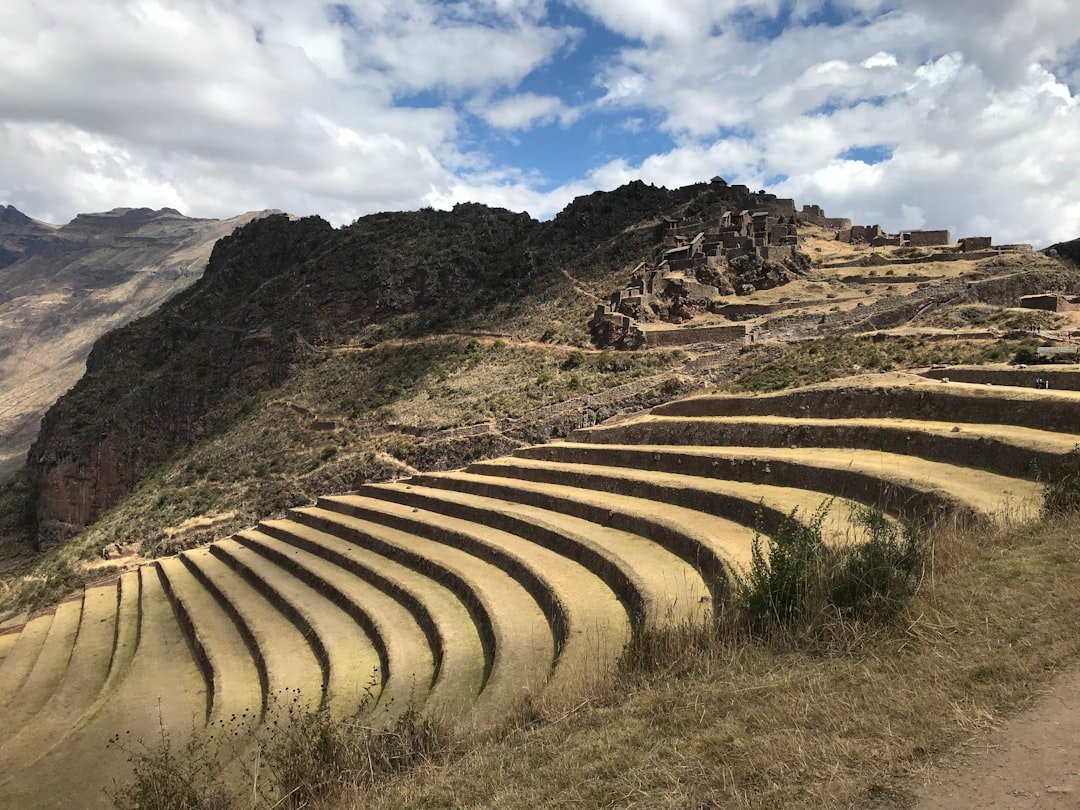
What if the most human thing about us is how we learned to ride the weather? In layered lake beds and deep-sea cores, grains of dust and ancient pollen trace sudden droughts and lush intervals that align with pivotal moments in our lineage. Shorelines marched in and out as ice ages waxed and waned, turning reliable water into a moving target and forcing hominin groups to adapt or move.
Fossil teeth carry isotopic signatures that reveal diets swinging toward grasses and grazing animals, a response to expanding savannas. Stone tools shift in lockstep, from simple flakes to more complex prepared cores, as habitats fragmented and resources became patchy. I still remember standing on a fossil-dotted ridge in East Africa, feeling the dry wind and thinking how every gust once meant a decision – risk, innovate, or leave.
Rains, Grasslands, and the Rise of Two Feet
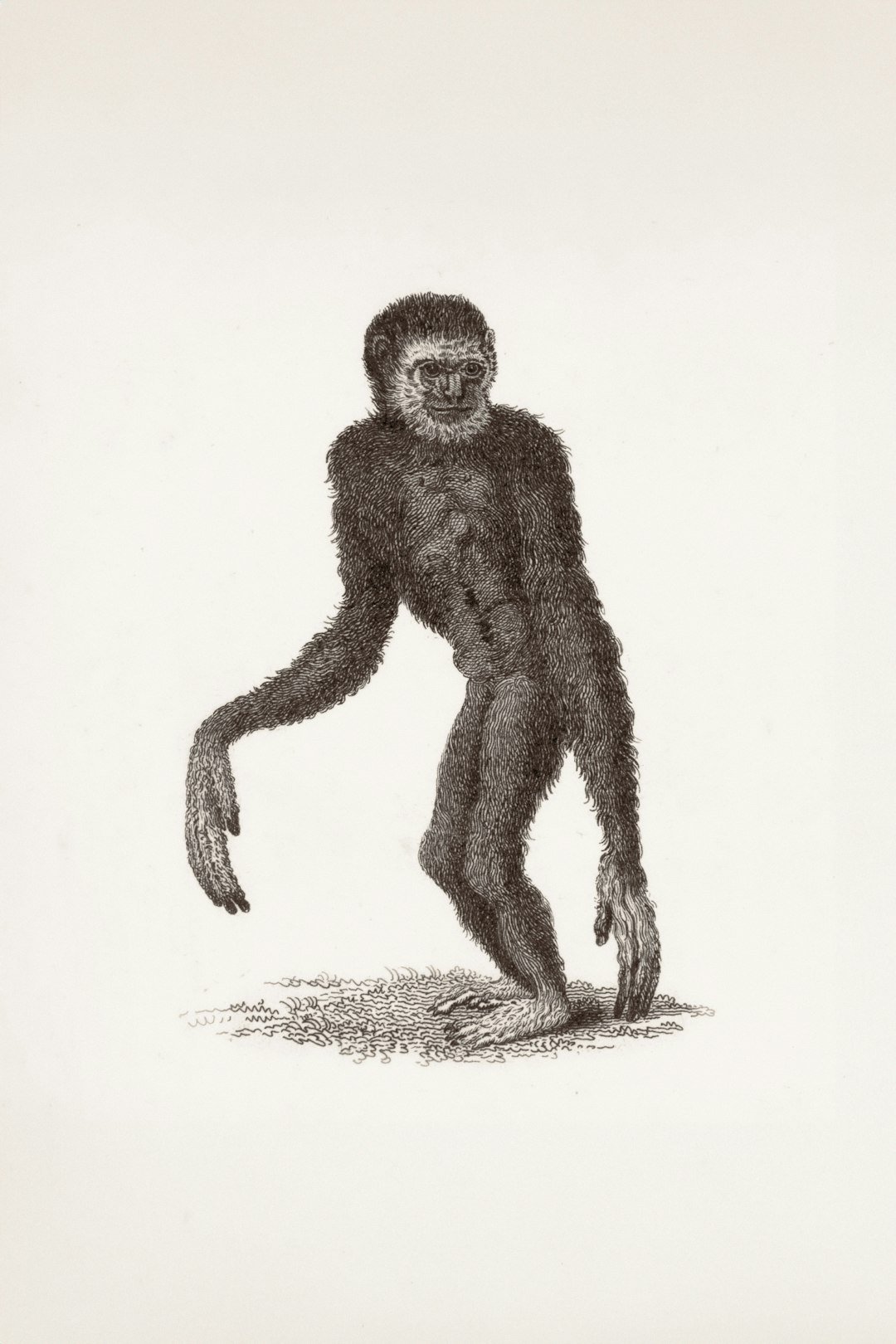
Early bipedalism didn’t bloom in a single habitat; it unfolded in a mosaic of wooded patches and open grass, a landscape constantly redrawn by rainfall patterns. Walking upright would have conserved energy under a brutal sun, freed hands for carrying, and offered a height advantage to scan for predators and patchy fruit. Ankle and pelvis changes in early hominins make sense in this stop‑start world, where moving between trees and open ground was daily business.
Stable isotope data from herbivores living alongside our ancestors show greater reliance on grasses as savannas spread, mirroring the ecological stage hominins navigated. In that shifting setting, a versatile gait won out over a specialist’s stride. The result wasn’t a perfect runner or climber, but a creature spectacularly good at being “good enough” everywhere.
The Pulse of Droughts and Big Leaps
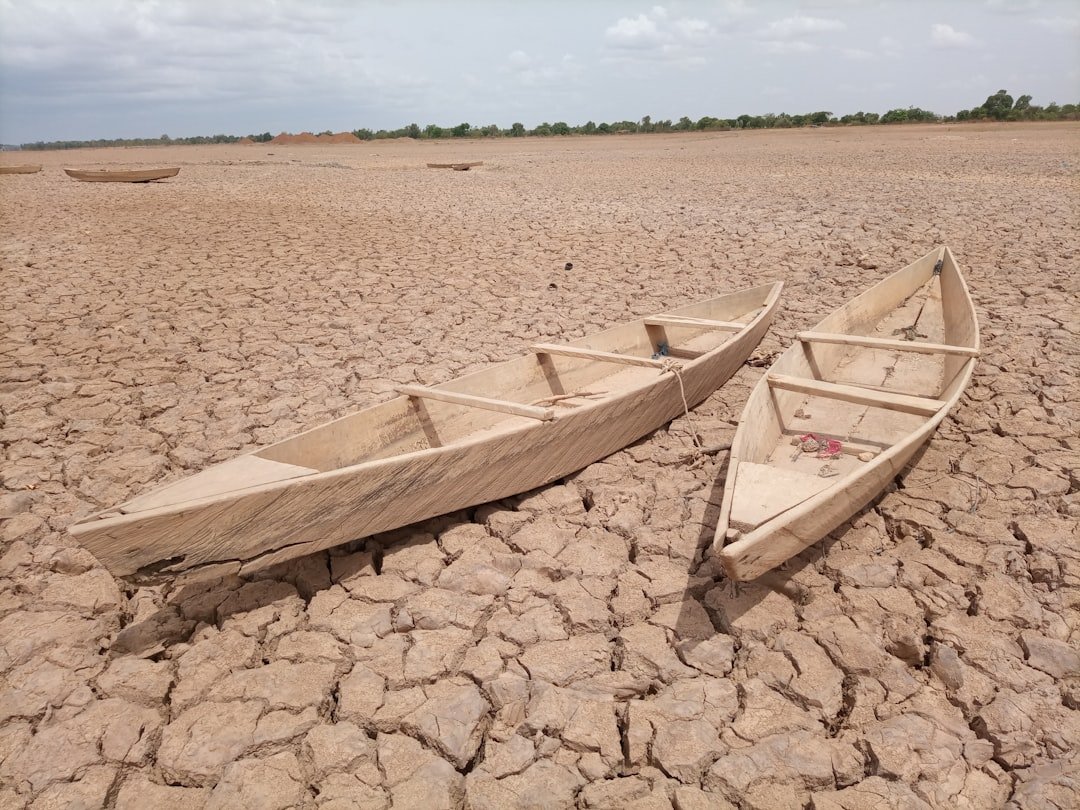
Climate variability didn’t just test survival; it rewarded ingenuity. Periods of rapid swings – droughts snapping into wetter phases – map onto bursts of technological novelty, from heat‑treated stones to long‑distance transport of raw materials. When the environment zigzagged, groups that experimented with new tools, broader diets, and wider social networks endured.
Researchers increasingly frame our story as a flexibility race, where coping with unpredictability mattered more than any single climate trend. Even dramatic events, once cast as simple population bottlenecks, now look like complex episodes filtered by culture, mobility, and cooperation. Variability wasn’t background noise – it was the metronome of innovation.
Coasts, Rivers, and Humanity’s First Long Journeys
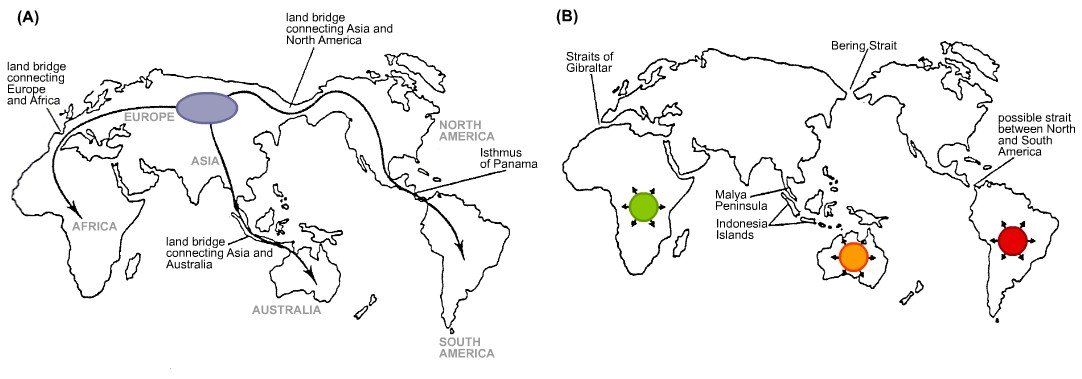
As ice sheets locked up water, sea levels fell and revealed continental shelves, turning coastlines into sprawling highways rich with shellfish and seabirds. Later, rising seas flooded those same corridors, hiding evidence of early foragers who likely moved in pulses along rivers and shores. These watery margins offered both reliable calories and a navigational guide, making long journeys feasible.
Arid corridors in Arabia and greener windows across the Sahara opened and closed repeatedly, timing expansions out of Africa and into Asia. In South and Southeast Asia, coastal resources and river deltas likely funneled people toward island worlds that were closer than they are today. Mobility wasn’t aimless wandering – it was climate‑literate routing.
Genes Written by Weather
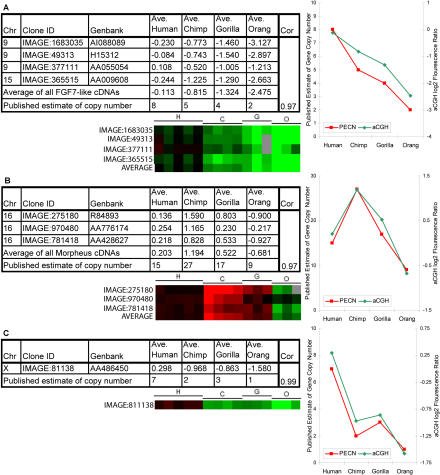
Natural selection left weather notes in our DNA, scribbled across traits tied to sunlight, temperature, oxygen, and pathogens. Skin pigmentation genes track ultraviolet gradients, balancing vitamin production and protection as populations moved into new latitudes. High‑altitude adaptations – shaping how blood carries oxygen – signal encounters with thin air on lofty plateaus.
Some of these solutions arrived through ancient interbreeding, ferrying useful variants into our lineage precisely when environments demanded them. Body proportions also reflect temperature rules observed across mammals, with stockier builds retaining heat and leaner frames shedding it. Culture could pivot in a season, but genes took the long road, following climate’s slow drumbeat.
Why It Matters

Framing human evolution through climate clarifies a pattern that traditional “ladder‑like” stories miss: progress wasn’t linear, it was opportunistic. Old narratives, focused on single fossils or one-off inventions, can overlook how repeated environmental whiplash rewarded adaptability and social learning. This lens explains why our species excels at problem‑solving under pressure and why collaboration scales our resilience.
It also cautions against oversimplified claims that any one drought or eruption “made” us human, a view that underestimates culture’s buffering power. Instead, climate interacted with technology, social networks, and mobility in feedback loops that shaped survival. The pay‑off today is sharper foresight about how societies respond when resources shift and risks cluster.
The Future Landscape
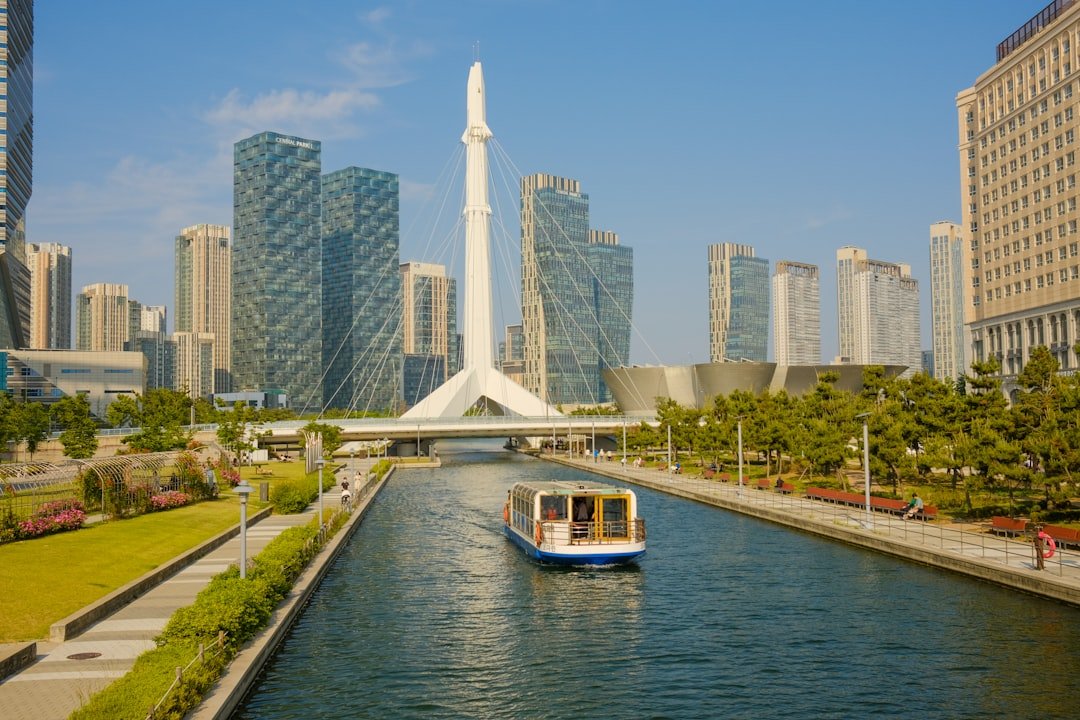
Our biology won’t rewrite itself over a few centuries, but our cultures – tools, policies, and shared knowledge – can evolve at whirlwind speed. High‑resolution climate models paired with ancient DNA, lake cores, and machine‑learning pattern searches are beginning to reveal how specific environmental rhythms shaped migrations and innovations. That same toolkit can map future hotspots where food, water, and health risks collide.
Meanwhile, shifting disease ranges, heat extremes, and sea‑level rise will test the very adaptability that carried us this far. Cities, like ancient refuges, may function as modern microhabitats, concentrating risk but also concentrating solutions. The lesson from prehistory is blunt: diversify options, keep moving intellectually, and build alliances big enough to span the next change.
Conclusion
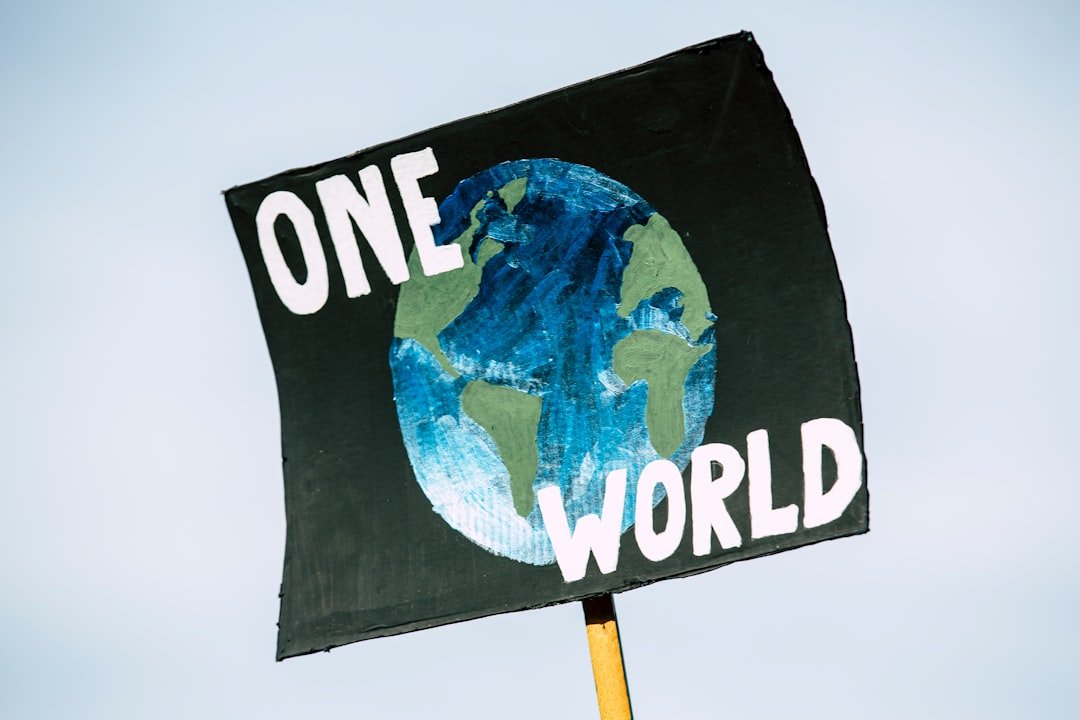
Engage with the science that reads climate in mud, ice, and bone – visit local museums, follow field projects, and support open data so discoveries travel quickly. Back habitat conservation and restoration that safeguard water sources and climate refuges, because the same ecological stability that aided our ancestors still buffers communities today. Champion early‑warning systems for heat, flood, and disease that turn foresight into lives saved.
Invest time in climate literacy at the neighborhood level – teach kids how to read a watershed, a tide line, a heat map – and pair that knowledge with practical planning. Finally, support researchers and policymakers who collaborate across borders, since climate never respected the lines on our maps. Our deep past makes one thing clear: adaptability grows when we choose to build it together.

Suhail Ahmed is a passionate digital professional and nature enthusiast with over 8 years of experience in content strategy, SEO, web development, and digital operations. Alongside his freelance journey, Suhail actively contributes to nature and wildlife platforms like Discover Wildlife, where he channels his curiosity for the planet into engaging, educational storytelling.
With a strong background in managing digital ecosystems — from ecommerce stores and WordPress websites to social media and automation — Suhail merges technical precision with creative insight. His content reflects a rare balance: SEO-friendly yet deeply human, data-informed yet emotionally resonant.
Driven by a love for discovery and storytelling, Suhail believes in using digital platforms to amplify causes that matter — especially those protecting Earth’s biodiversity and inspiring sustainable living. Whether he’s managing online projects or crafting wildlife content, his goal remains the same: to inform, inspire, and leave a positive digital footprint.




